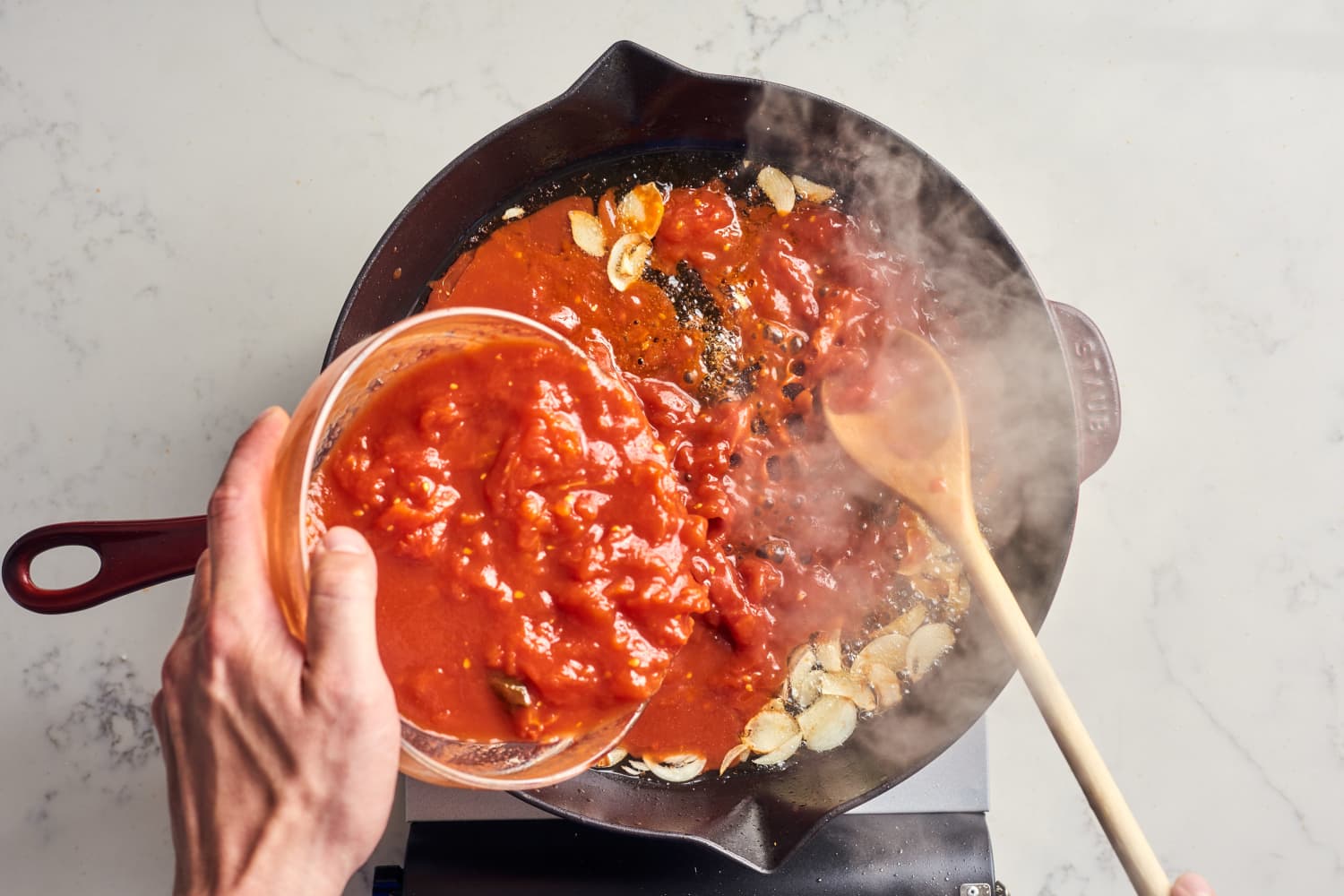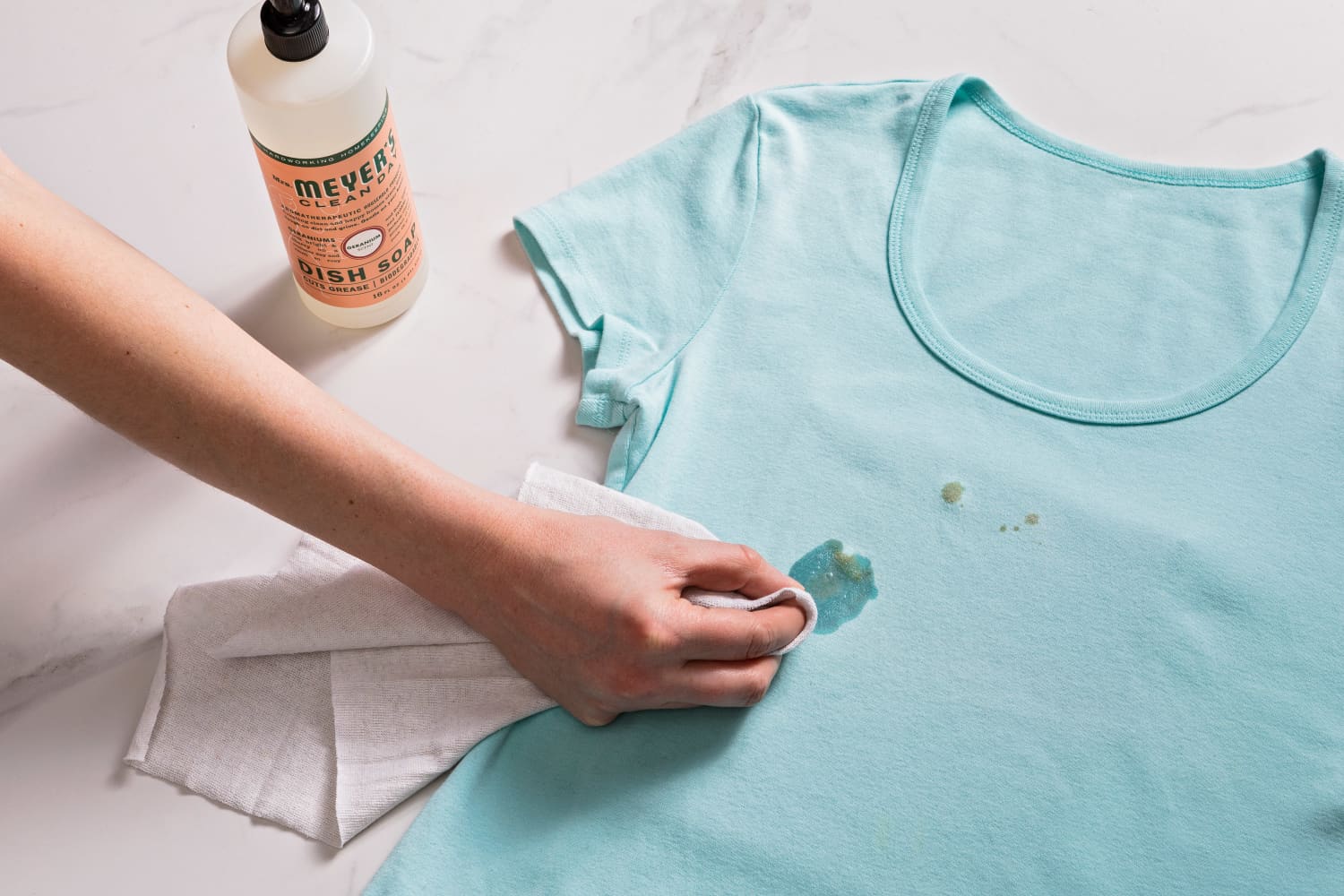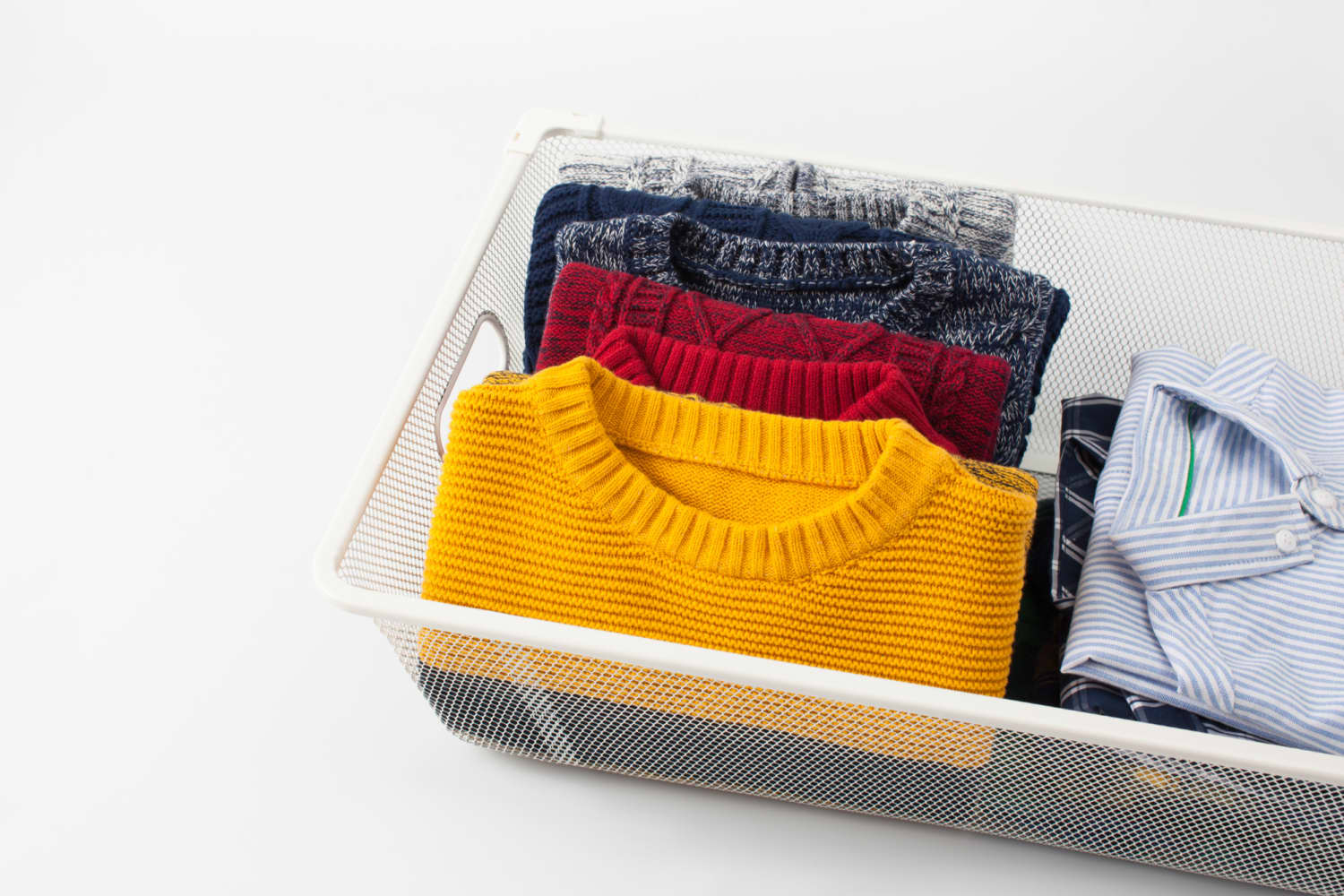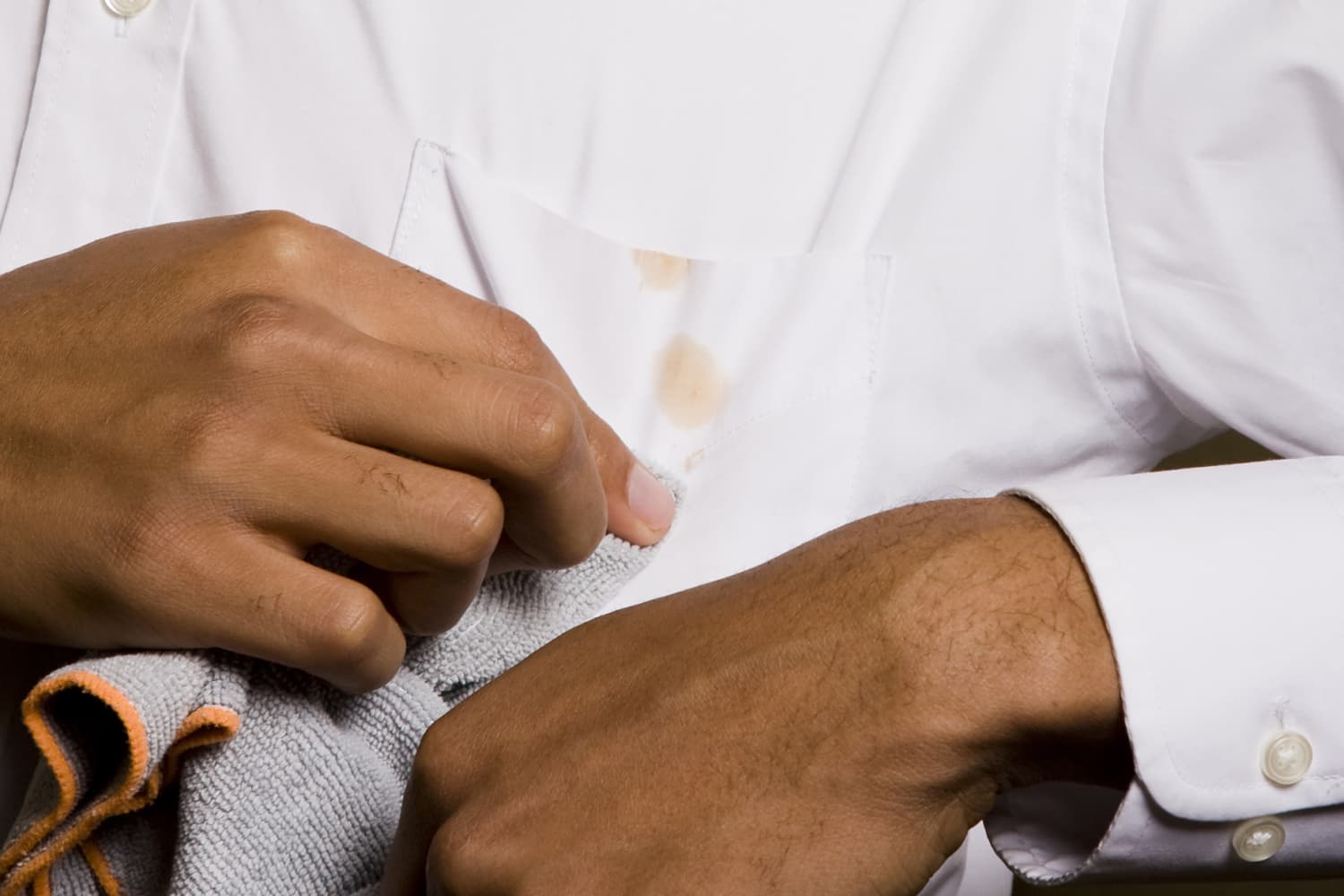
by Furnishly | Sep 27, 2021 | Design Inspiration, Style
Between college dorms and moving to Manhattan right after college, I’ve been to my fair share of laundromats in my day — and none of them were particularly pleasant. Between dragging the bag of dirty clothes there to using a machine that houses other people’s dirty laundry, it’s just not the most fun experience. There’s also the matter of finding strange things in your laundry.
If you’ve ever picked up your clothes from the laundromat or taken out your laundry from your own dryer only to spot something that didn’t belong, then you know how surprising and potentially unsettling it can be. While living in New York, I can’t tell you the amount of times I discovered tiny, baby-sized socks in my freshly folded-up laundry despite not having a baby myself. Still, tiny children’s socks are nothing compared to what some people have found. Here are nine random items that people have come across in their washer, dryer, or laundry. And for the record, the last one will haunt me.
“One time I went thrifting and dumped the entire bag of clothes into my washing machine when I got home and carried on with my day. Later, when I [went] back switch the laundry, I discovered at the bottom of my washing machine the shot glass I completely forgot I had bought with the clothes. Thankfully it was still fully intact, and I saved it before it made it to the dryer.” — Hadassah Wright, Columbus, Ohio
“I put an entire dirty diaper through the wash with a full load of clothes, opened up the washer to transfer the clothes to the dryer, and everything was covered in little pieces of absorbent diaper gel. I cried thinking I had just ruined hundreds of dollars’ worth of clothes, ran to Google to see what to do. Turns out, throwing it all in the dryer somehow disintegrates the gel, and everything came out perfect. Literally breathed a huge sigh of relief.” — Catherine Leonard, Baltimore, Maryland
“On multiple occasions, I have put shoes through the washer accidentally because they end up mixed up in a pile of clothes on the floor. And actually, shoes I really thought would be goners (like suede, faux-suede, and leather) have made it out intact, looking fine!” — Emily Winshel, Philadelphia
“We lived in a creaky old home, blindly disregarding the fact that our washing machine was in the damp, cobwebbed, unfinished basement because we were just grateful to have in-unit laundry. Once a week, I did a load and would bring it upstairs to fold. One particular evening, I was folding laundry on my bed when I reached into the pile and out fell an old, wadded rag… or so I thought. ‘Hmm, this is new!’ I grabbed the rag and realized upon closer inspection it was not a rag but a dead, dried bat! I learned the hard way that bats can sometimes crawl into dryer vents, where they are unexpectedly faced with their steamy, tumbly demise. I screamed and refused to fold laundry for a couple of months following.” — Rachel Lindhart, Lincoln, Nebraska
“I accidentally put my fiancé’s AirPods in the wash, and to everyone’s surprise, they survived! No rice needed.” — Mackenzie Maloney, Washington, D.C.
“My friends and I had been looking for shark teeth on the beach in Florida a month prior, and one day, I was folding laundry when a shark tooth fell out of a pair of underwear. It was truly bizarre, but it must’ve been stuck in a pocket? Who knows, but sharks’ teeth in my underwear was not what I was expecting.” — Barbara Beblowski, Portland, Maine
“My little brother once put Silly Putty in the laundry, and it ruined the dryer and everything in there with it! We all were then banned from putty-related toys (no slime, floam, other ’90s staples), and I honestly probably bring this up annually, at a minimum.” — Emily Falcone, Delaware
“My partner typically does his own laundry, but occasionally we will combine loads or I’ll help him out when he has a particularly busy schedule. Every time my partner, who works in film and TV, is on a new project, I consistently discover small flashlights, screws, balled up electric tape, and other gadgets (that always seem to revive themselves post-wash) in the laundry. Oh, and he’s notorious for leaving Reese’s wrappers for me to find bouncing around the dryer.” — Kitty Janvrin, Charlotte, North Carolina
“Once in college up in Boston, I was drying my clothes in the dorm’s laundry room. I took my clothes out of the dryer and started laying them out to fold them. As I tucked in the pockets of a pair of jeans I wore all the time, I felt a piece of paper in one of the pockets. I took it out, and it was a passport photo of a guy I’d never even seen before. I brought it upstairs thinking it must belong to one of my roommates, but they’d never seen it before either. To this day, the photo still lives in my wallet.” — Vicky Rosenthal, Miami
Apartment Therapy’s Laundry, Sorted vertical was written and edited independently by the Apartment Therapy editorial team and generously underwritten by Samsung.

by Furnishly | Sep 6, 2021 | Design Inspiration, Style
From chocolate to red wine to paint to makeup, a lot of substances can become a headache once they come into contact with clothing. But how do they stack up against each other?
With that question in mind, we rounded up 10 tough stains and took them to someone who knows all about them: Dr. Pete He, who holds a Ph.D. in chemical engineering and is the cofounder and chief scientist at Dirty Labs. We asked him to give each one a ranking, presented below with 10 being most likely to come out in a normal wash, down to 1 as giving your laundry detergent a run for its money. And don’t worry: We covered how to tackle them, too.
A quick note: Of course, not all fabrics and clothing items are the same. With any stain removal tips below, make sure to follow your garments’ care label instructions for washing and spot test pretreatments before presoaking or pretreating.
If you’re dealing with an oil or grease stain, you’re in luck: Dr. He says animal and plant fats and oils used in cooking are not that difficult to remove because their chemical makeup is mostly triglycerides. In water, those types of molecules are emulsified by surfactants in laundry detergent relatively easily, and will typically come out in your normal wash cycle. Take a peek before throwing the splotched garment in the dryer, though — if the spot isn’t completely gone, the heat can set the stain.
And if you’re dealing with a stubborn oil stain, Dr. He says you can take a few extra steps, first by pretreating the stain for 20 minutes with laundry detergent (or dish soap if detergent isn’t available), then machine washing in hot water with a warm rinse cycle.
“Cocoa butter is basically a plant-based oil — a fat. That is pretty easy to remove when compared to other things,” Dr. He says. “What makes chocolate hard is the cocoa powder.”
Cocoa powder contains minerals such as calcium, copper, magnesium, and zinc, plus flavonoids and caffeine, Dr. He explains. Both flavonoids and caffeine are unstable at higher temperatures and can oxidize when exposed to air, meaning the longer you wait to treat, the harder this stain will be to remove.
Your first step for this stain is to gently scrape off as much of the chocolate as possible. Dr. He suggests then taking laundry detergent, or dish soap in a pinch, and pretreating the stain for five to 10 minutes. Immediately wash with the same detergent in cold water.
Dr. He also notes that, when you’re dealing with chocolate, you should steer clear of using baking soda, vinegar, or lemon juice on the stain. Baking soda will react with cocoa powder’s aforementioned minerals and become insoluble, while vinegar and lemon juice’s acidity can make the flavonoids and caffeine even harder to remove.
Nothing dampers a pasta dinner like looking down to see a red splotch on your outfit. Dr. He explains that this stain is a little trickier because tomatoes are rich in carotenoids, which are antioxidants that show off a variety of colors.
This is another oxidizing stain — as in, the longer it sits, the more stubborn it gets. Dr. He recommends spot treating ASAP using laundry detergent, and reaching for dish soap, hand soap, or baking soda if detergent isn’t readily available. Immediately rinse under cold water and wash in cold or warm water using an enzymatic laundry detergent with pectinases listed as an ingredient. (It’s an enzyme made to remove plant-based stains.) If the stain has been sitting for a while, he suggests starting with a presoak in oxygen bleach and an enzymatic laundry detergent with pectinases for 20 minutes. Then, wash the item using both the bleach and detergent in cold or warm water.
Coffee, Dr. He says, is somewhat similar to chocolate. “[Both coffee and chocolate] have caffeine for sure, but they also carry the color — those chromophores — in a brownish color,” he explains, adding that the chromophores (the part of a molecule responsible for color) and flavonoids make up most of the stain coloring in both substances.
With coffee in particular, however, Dr. He explains that there are more than 100 ingredients in a brew’s chemical makeup, including plant oils and waxes, carbohydrates, and proteins. It’s the coffee’s oxidizing components, such as caffeine, tannin, and other flavonoids, that will make you want to act on this one fast, especially if you like your coffee hot. Dr. He cautions that the high temperature can speed up the oxidizing process, making it even harder to get out the stain.
To remove the remnants of your morning joe, try to treat it as soon as you notice the splotch. Dr. He’s suggestion is to spot treat with laundry detergent, subbing in hand soap, dish soap, or baking soda if detergent isn’t nearby. Rub the stain, rinse with cold water, and wash with an enzymatic laundry detergent in cold or warm water. For older coffee stains, pretreat or presoak the stain with oxygen bleach and an enzymatic laundry detergent for 20 minutes, then wash with that combo using cold or warm water.
How stubborn can a makeup stain be? Dr. He says to remember cosmetics’ purpose. “When you develop those products, the number one principle is try to make them stick to your skin or lips,” he says.
Makeup is made of a combination of oils, waxes, and coloring pigments, the latter of which can be composed of minerals or organic metallic compounds. “So think about that: If you have similar things on your clothes, those things can function as a permanent dye to the fiber,” Dr. He says.
With this kind of stain, he says you’re going to want to start as soon as possible by scraping off excess makeup. Then, immediately pretreat with rubbing alcohol. “Rubbing alcohol is an organic solvent that can help dissolve oil-based pigments,” he says. Rinse with cold water, and then pretreat whatever’s left of the stain with laundry detergent and an oxygen booster. Finally, use the same detergent and booster in a machine wash with warm water.
One thing Dr. He says you shouldn’t apply at any point? Your oil-based makeup remover. “That will stain your clothes,” he cautions.
Dr. He notes that, in general, ink is made of a colored pigment and a solvent that will evaporate or oxidize to cure on a surface like paper — or sometimes, sadly, your clothes. Some ink is water soluble before it dries, he adds, but a dried ink stain will stick to a fabric’s fiber and can be pretty tough to remove. So, like most items on this list, ink is a stain best tended to immediately.
Grab some rubbing alcohol to use as a pretreatment, rub it into the spot to help dissolve the pigment, and rinse with cold water. Repeat those steps two or three times, then pretreat again with heavy-duty laundry detergent. Throw the item in a warm or cold wash using that same detergent ASAP.
If you don’t have those materials immediately on hand, you can look to the back of your fridge for sour milk (or mix fresh milk and vinegar). “Depending on the ink, soaking ink-stained cloth in sour milk right away can help remove the stain,” Dr. He says. “But, since ingredients in different inks vary significantly, this may not always work.”
“Paint is an interesting one,” Dr. He says. “These days, in a residential situation, most of the paints are water-based, which makes [them] much easier to remove, especially before they cure.” But what makes them thornier, stain-wise, are the binders used in some oil- and acrylic-based paints. Those will put up a tough fight for rubbing alcohol and detergents.
Because ink and paint are made of similar substances, Dr. He’s recommendations for removal are the same. You want to get to a paint splatter before it dries, if possible. Use rubbing alcohol as a pretreatment, rub the spot to dissolve the pigment, and rinse with cold water. Repeat two to three times, then pretreat and wash with a heavy-duty laundry detergent in warm or cold water immediately.
“This solution should work well for latex and acrylic water-based paints,” he says. “For oil-based paints, this solution should help a lot before the paint is totally dried. But after it has dried, removing [an] oil-based paint stain from fabric materials can be very difficult.”
“Let’s talk about what is in the grape,” Dr. He says. Water and ethanol make up about 98 percent of the grape, while the remaining 2 percent includes tannins, pigments called anthocyanins, and chromophores that seal the staining deal, most of which are found in the skin. The tannins and anthocyanins are also some of the main players in making red wine an oxidizing stain, so it will bind to fabrics if not treated quickly.
But the acid in the wine plays a role, too, especially if the garment in question is made of natural fibers or certain synthetic fibers, like nylon. To give an idea of the effect this can have on your clothes, Dr. He says that, when cotton is dyed, it’s acid-washed before color is applied. “This acid wash opens the pores of the cotton to make it absorb the pigments better,” he says. “So the acid in the wine contacting our cotton-based clothes, it functions the same. It opens the pores of the cotton. When you have the pigments from the grape skin coming down to the fiber…it’s like dyeing your clothes.”
If you find yourself on the receiving end of this spill, Dr. He recommends you first combine one part hydrogen peroxide and two parts water. If a washing machine is accessible, immediately apply the solution and an enzymatic laundry detergent to the stain, let it sit for three minutes, and machine wash using the same detergent with cold water. If you’re not around a washing machine at the time of the incident (or the garment isn’t machine washable), apply just the hydrogen peroxide solution to the stain as soon as possible, let it sit for three minutes, then rub and rinse the spill using cold water.
Whether you find one on a piece of clothing or your favorite set of sheets, a blood stain can be a bummer to deal with. Blood is yet another oxidizing stain, and an especially stubborn one — Dr. He says that its oxidative components will bond to the inner layers of fabric, adding another layer of difficulty (literally) to blood stain removal.
“The red cell has enzymes that are pretty unique in that, in open air, when it’s exposed to oxygen, [the red cell] begins to get clogged,” he says. This is what causes the cells to penetrate fabric and bond to those inner layers. “At high temperatures, the clogging process is accelerated,” he adds. So when it comes to blood, cold water is your best friend.
Dr. He recommends soaking a freshly bloodstained item in cold water the minute you see the mark. “Rub laundry detergent into whatever remains of the bloodstain. If detergent is not available, hand soap or dish soap can be used as alternatives,” he says. “Scrub the stain by hand in cold water by gently rubbing the sides of the fabric against one another. Rinse the fabric under cold water.” Throw the item in the machine or give it a good, thorough hand wash.
If the stain’s dried, your pretreatment is going to look a little more complex. Dr. He suggests presoaking the item for 20 minutes in a mixture of cold water, oxygen bleach, and an enzymatic laundry detergent with proteases. He adds that, in a pinch, you can use your saliva, which contains proteases, to help break down a bloodstain. If the item is machine washable, throw it in a cold or warm wash and cold rinse cycle using that enzymatic detergent and oxygen bleach. For more delicate pieces, you’re going to want to hand wash by rubbing the sides of the fabric together or using a soft brush.
“If you look at sweat from a laundry cleaning angle, there are two types,” Dr. He says. One is most body sweat, predominantly composed of water, salt, and a little body oil — all of which he says are not that hard to remove. The other is armpit sweat, which starts to have a different chemical makeup when we hit puberty. That’s where things get complicated.
This sweat includes proteins, lipids, carbohydrates, and steroids, which then mix with sebum that brings triglycerides, wax esters, squalene, and free fatty acids. All of those biological materials then mingle with any underarm products you’re applying. Therefore, biological substances, bacteria growth, and antiperspirant and deodorant all can play a role in the development of pesky yellow or gray patches, according to Dr. He.
Another tricky point with pit stains is that they can sometimes be invisible before they yellow, sneakily curing onto your clothing over time. The stains can start to smell beforehand, so take note if you’ve got a fine-looking item with a stink you can’t shake.
The thing is, because this is yet another oxidizing stain (of course), your best bet is to get to it as soon as possible — potentially before you even notice it’s there. Dr. He recommends giving your sweaty clothes a wash ASAP so a stain doesn’t have a chance to oxidize and you limit bacteria growth over time. When you wash, make sure to use a detergent with a variety of enzymes that can target more components of the stain.
If you come across a garment that’s aged and smells of sweat but hasn’t yet shown signs of yellow or gray, presoak the garment in that enzymatic detergent, or an enzymatic detergent and oxygen booster if your stain is really odorous. Follow that up with a wash in warm water.
And if you are dealing with discoloration and want to attempt removal, follow a similar pretreatment. Pretreat or presoak the stain for 20 minutes with both the enzymatic detergent and oxygen bleach, then wash with the same combo in warm water.
Apartment Therapy’s Laundry, Sorted vertical was written and edited independently by the Apartment Therapy editorial team and generously underwritten by Samsung.

by Furnishly | Sep 6, 2021 | Design Inspiration, Style
Shifrah Combiths
Contributor
With five children, Shifrah is learning a thing or two about how to keep a fairly organized and pretty clean house with a grateful heart in a way that leaves plenty of time for the people who matter most. Shifrah grew up in San Francisco, but has come to appreciate smaller town life in Tallahassee, Florida, which she now calls home. She’s been writing professionally for twenty years and she loves lifestyle photography, memory keeping, gardening, reading, and going to the beach with her husband and children.
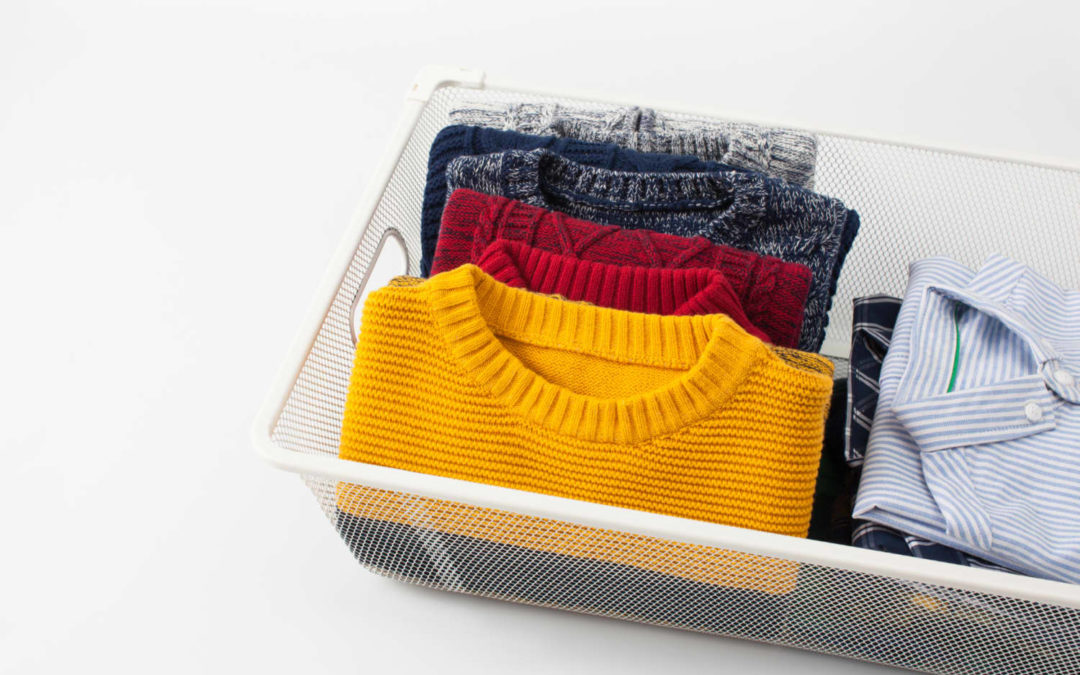
by Furnishly | Sep 6, 2021 | Design Inspiration, Style
Shifrah Combiths
Contributor
With five children, Shifrah is learning a thing or two about how to keep a fairly organized and pretty clean house with a grateful heart in a way that leaves plenty of time for the people who matter most. Shifrah grew up in San Francisco, but has come to appreciate smaller town life in Tallahassee, Florida, which she now calls home. She’s been writing professionally for twenty years and she loves lifestyle photography, memory keeping, gardening, reading, and going to the beach with her husband and children.
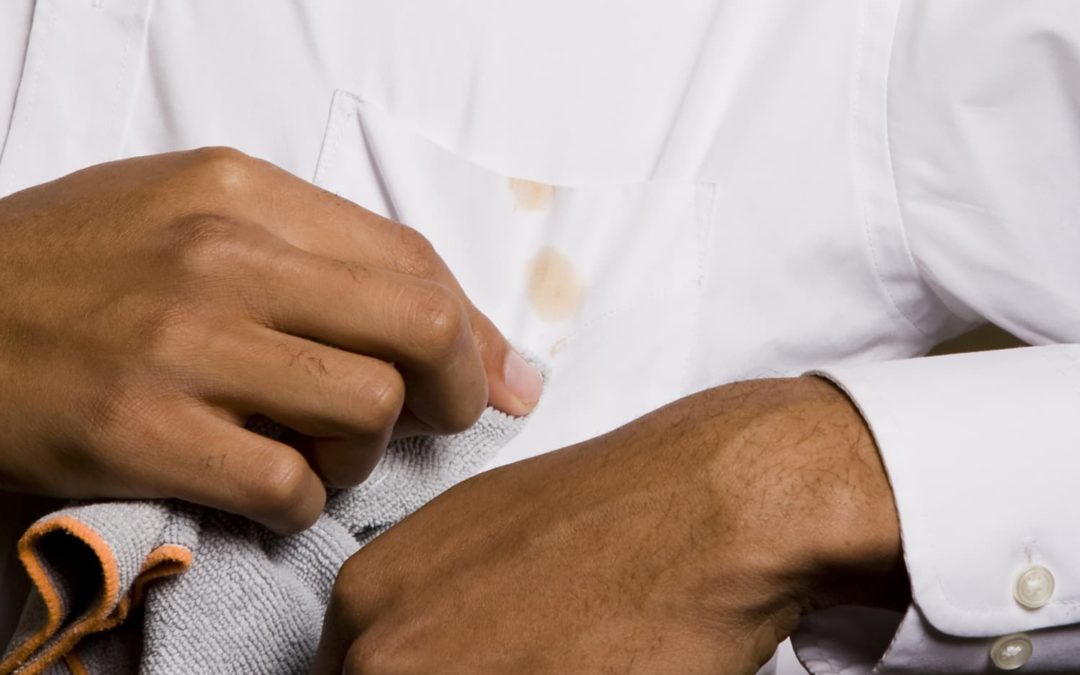
by Furnishly | Aug 18, 2021 | Design Inspiration, Style
Growing up, a common joke in my house was that, almost immediately after my mom got a new shirt or dress, she would get a stain on it. Usually, that stain was something like mustard or grease, aka the types of hard-to-remove stains that can ruin a garment for good. As I got older and did more and more of my own laundry, though, I started to hear rumors that these types of stains could be removed as long as you approached them the right way.
I also have learned over the years that people are passionate about their go-to laundry tips and tricks; they don’t just use them occasionally, they swear by them. In an effort to compile some of the most effective and out-of-the-box stain removal pointers, I surveyed my Instagram audience (about 30,000 people or so) for their best strategies for removing unwanted stains. Just as I expected, people were enthusiastic about sharing. I received more than 70 responses for how to expel stains of red wine, grease, ink, and just about every substance in between, suggesting tips including using your own spit on small blood stains and applying shaving foam to lipstick marks.
But here’s the thing: All in all, 24 people — as in, more than a third of the people who answered — messaged me specifically to share their love for one common household product: the original blue Dawn dish soap.
According to these fans, the soap is a stain-removal powerhouse — and that goes for so many types of stains, from greasy salad dressing to set-in avocado.
Rocco Brudno of Denver shared that soaking a garment in water and Dawn and then scrubbing it with a toothbrush is his preferred move. Brudno says this has gotten everything from “coffee to pasta sauce” out of garments, and even fabric-covered furniture.
If you’re a parent, you might be familiar with the mysterious and hard-to-remove stains that end up on nearly everything an infant wears (and touches). For Lee Johnson of Westford, Massachusetts, Dawn solved this problem and continues to fix others. “It’s a trick I picked up when my kids were babies to get stains out of their onesies, and I use it all the time now,” Johnson messaged.
Jordan Klee from Conshohocken, Pennsylvania, wrote to say they carry a travel-size of the Dawn dish soap with them for stain emergencies: “It’s all I ever use!!! Saved the day at multiple weddings…MUST BE DAWN brand!!!!!! And the traditional blue kind. Cannot be generic!!!!” And yep, all of those exclamation points and caps are their own.
According to Morgan Brashear, a senior scientist at P&G, which owns Dawn, it’s the “surfactant chemistry” in Dawn that makes it so good at removing stains. If we’re talking makeup, food, or sweat stains, oil likely plays a role in making them set into garments. Dawn breaks down that oil, allowing the marks to be more easily washed away in the laundry.
As you can tell, people have found multiple ways to use Dawn to get stains out of their favorite clothing items, but it’s important to remember to use it as a spot treatment before you wash clothing. Dawn’s website recommends spot testing in a hard-to-see place on your fabric, then applying the dish liquid directly to the stain, rubbing it in with your fingers, then tossing in the wash. Away from home? The site says you can apply the Dawn, then wait a few minutes before scrubbing it out with water.
If you’re looking to supercharge the pretreating power of Dawn, Tonya Harris, author of “Slightly Greener,” suggests mixing one part Dawn dishwashing liquid and two parts hydrogen peroxide in a spray bottle. Spray the stain in question before throwing it in the wash, and it should be gone by the time it exits the dryer.
In other words, don’t just squirt some of the product into the washing machine and hope for the best, because it’s definitely not made for that.
Apartment Therapy’s Laundry, Sorted vertical was written and edited independently by the Apartment Therapy editorial team and generously underwritten by Samsung.




